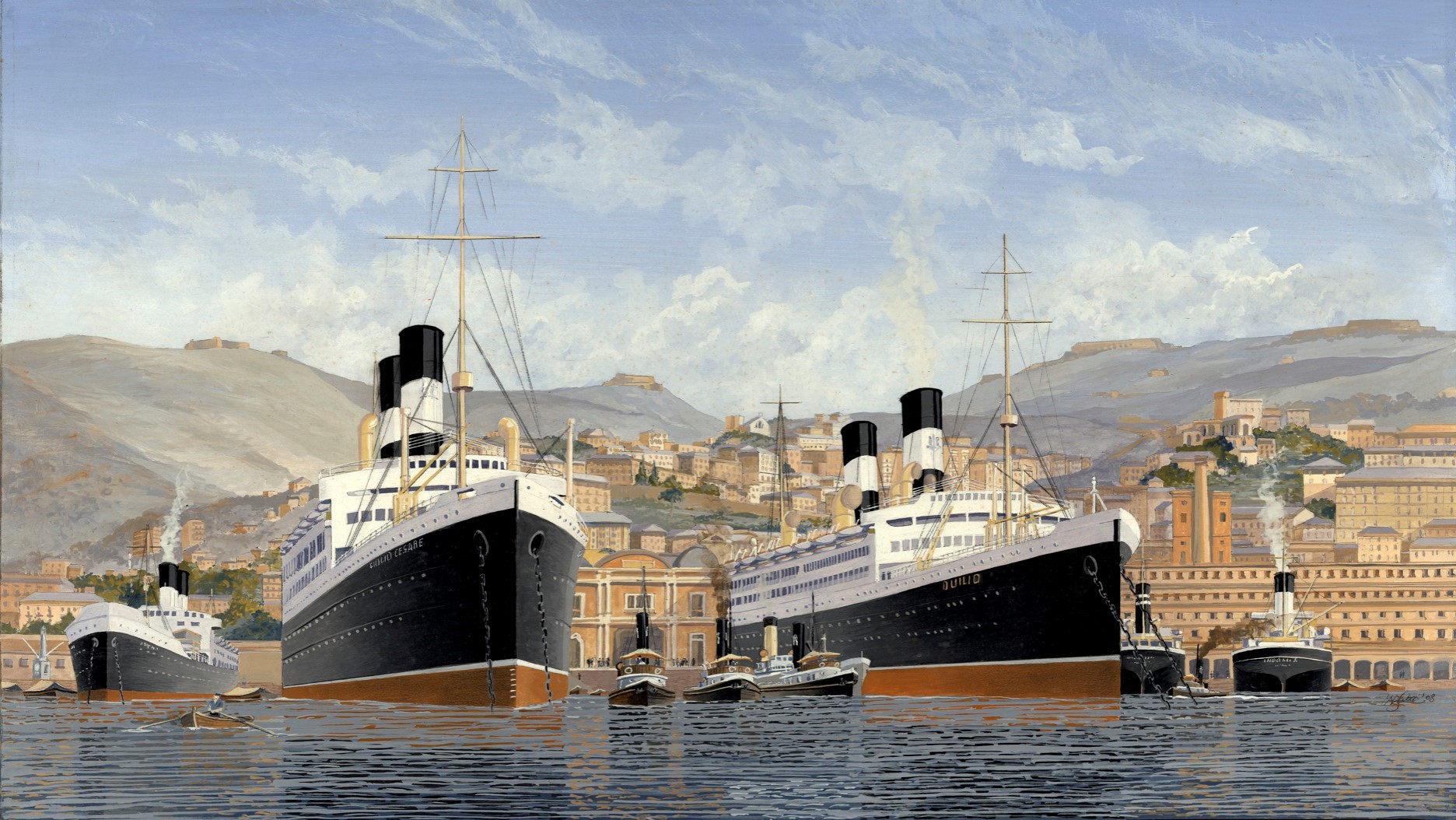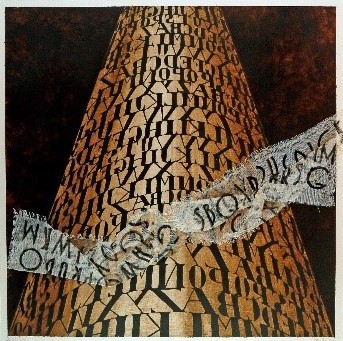About artist
Marco Locci was born in Mele, in 1951 and also in Liguria he died on May 5, 2015. Amazing craftsman (and not painter), in such a way preferred to be called because so much he liked to work with his hands, rough and callous as those of a laborer. But Marco is also remembered for being a man of the woods, a tireless explorer of mountains and a skilled researcher of mushrooms even on land already just before scoured by others and covered by trees and shrubs. There, in the countryside, he buried in unknown places some time capsules, to keep alive the memory of fundamental facts for him. It is known that he built one for his wife Clara, who passed away very young, and one for Claudio Costa. Some were objects of usual use such as pens and pencils, which then went to dig up to see the action of the passing of time. Even more Locci was a man of honey. He reproduced in a myriad of depictions the configuration of the hive, above which is placed the inscription "My name derives from honey" placed at the top of the municipal coat of arms of Mê. Configuration of the hive to which seem to remake in an impressive way the fantastic architectures created by the cleft melese, called Babel and whose term comes from the Tower of Babel and the influence of Giambattista Vico. A cycle of 90 archetypes male and female, myths of our civilization and our unconscious in tar and acrylic, paper, rusty iron, stones the size of 90X90 cm and 40X40 cm approx. A confidentiality, that of Marco Locci - that not by chance constantly defends his intimacy -, to conceal a secret sweetness. A deep tenderness protected by a multitude of bees, which refer to other fundamental elements of his artistic production, namely the Patanchi. To these imaginary figures that exist on the extreme limit of black holes, he dedicated himself tirelessly from 1979 to the last, with the beginning of "Stories from the Country of Patanchi" - exhibition continued in 2000 at the Galleria Il Bostrico in Albissola Marina. A series of 40 pieces ranging in size from 80X60 cm to 40X30 cm, the "Patanchi" are a Lilliputian people that was able to be admired in 2004 at the National Antarctic Museum in Genoa and in "Dans le monde des Patanchi" in 2005 in the Atelier d'Emmanuelle, Belgium. Marco did not attend art schools or academies and, although enrolled in the Faculty of Architecture, never received a degree. The spontaneous and very original inspiration, however, shines through in all its evidence since the first works, paintings of facades and buildings intended to divert almost immediately in surreal direction and made with a meticulous pointillism, enamel. Self-taught, the paper, for illustrations, often made by itself (even coloring it and inserting it in his paintings). Various and different materials used by Locci who saw him experiment with anything. He loved rock art and sometimes used black smoke and lard, but also clay - with which he modeled small heads on which he left holes open, where in spring he sowed flowers. Once he even painted a picture with an embalmed toad, which he painted in blue, and added below the caption A cloud can look like a toad and a toad to a cloud>>. He also used the skins of the stockfish and the skins of the grass snakes. To paint the Ligurian began with oil (which he found too heavy), then passed to the acrylic that used the same technique of watercolor and that allowed a brushstroke sharper and formally clean. The table for the paintings instead if he built it, that is, he took a wooden table and glued us the cheapest and thinnest canvas possible. He often applied gauze to simulate fog, which he considered a metaphor of mental obfuscation. Finally he made the frames, his first work in his youth, squeezing the brush to obtain small dark colored stains to determine an aging effect. There are many poetic and literary references present in the writings that accompany his compositions and in his autonomous texts. The common denominator of all the existence of Marco Locci was, however, always, the journey although he traveled by vocation only fantastic routes and beyond any known world. Imaginative visions and imaginary landscapes, many of which depict the sea because, he once wrote, I paint the sea for those who have no eyes to see it, I paint the horizon for those who can not imagine what wonders lie beyond it>> - it is worth remembering that date back to 1980 his exhibitions, since then annual, maritime theme, as part of the review Mare Nostrum at the ancient Castle of Rapallo. ...A man of multiform ingenuity, Marco came to the sea following his passion for music. Locci was soon noticed by advertising agencies who hired him and by the record company RCA, who commissioned illustrations for several 33-rpm album covers. And it was at the end of the sixties, when commercial music became the backbone of the youth of the time, that he decided to open a nightclub. So the Camelot was born, an underground room that immediately had a great success. Among the frequenters of the meeting there is Clara. The two fall in love and during the day they both go to work in a frame shop; at night Marco accurately depicts the great ships of the past. It is in this way that the man of the wood fell in love with the queens of the sea, studying their stories and legends which he connected to the many readings of extraordinary adventures that, in his paintings, they become visions even when the representation seems realistic because the sign is extremely precise, almost photographic. Significant in the entire production of Marco Locci was in fact Jorge Luis Borges, his favorite author, that he read and read continuously enough to probe and realize - by means of boats - what in reality were his dreams of adventure beyond time and space.

